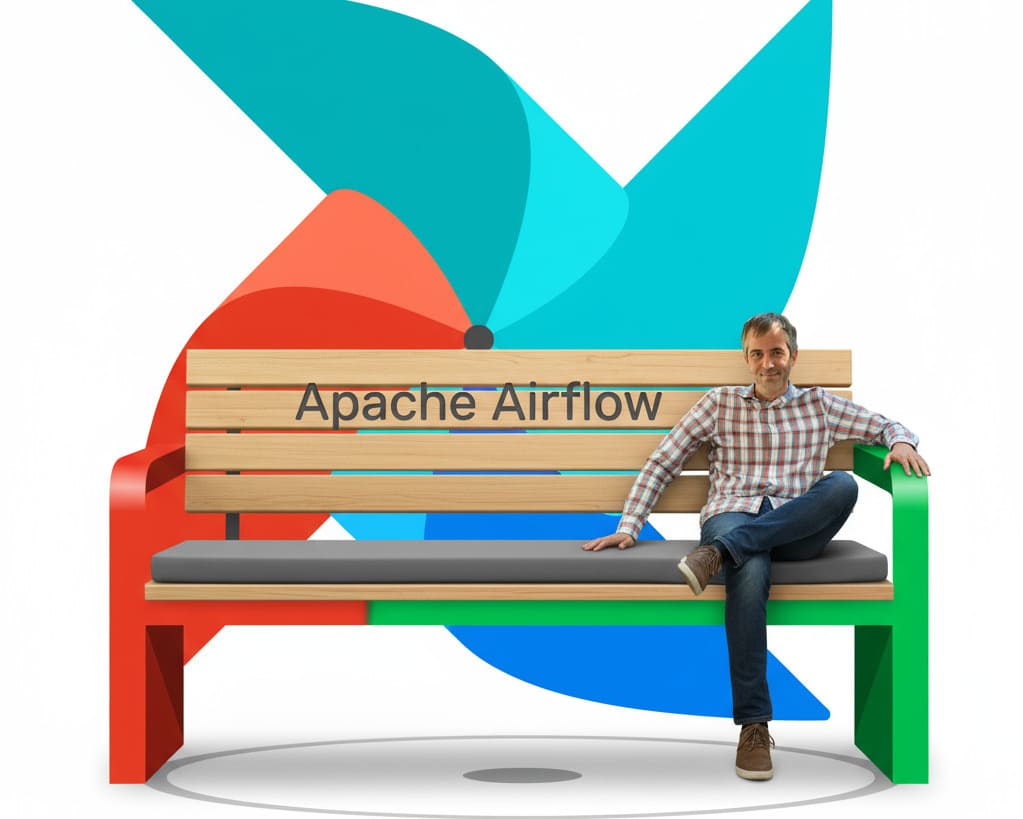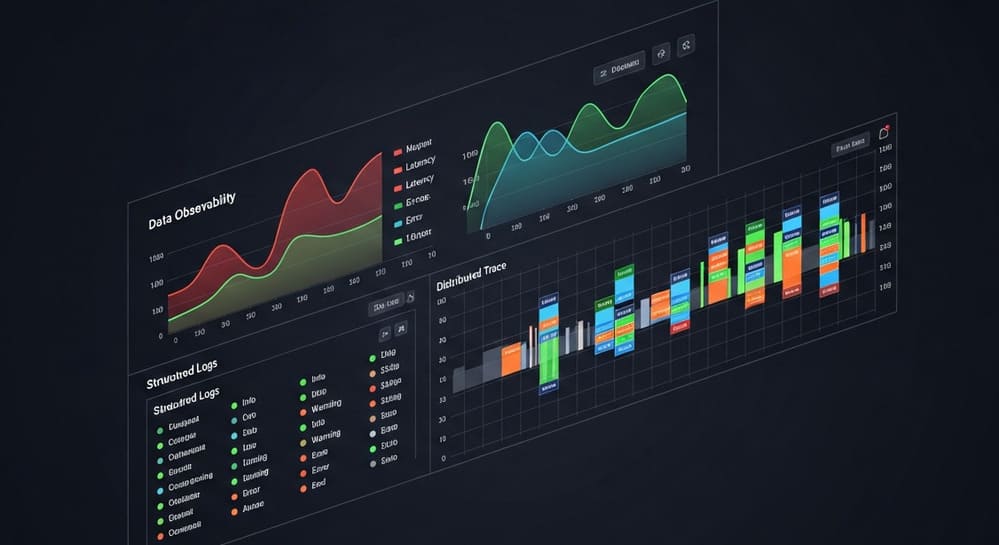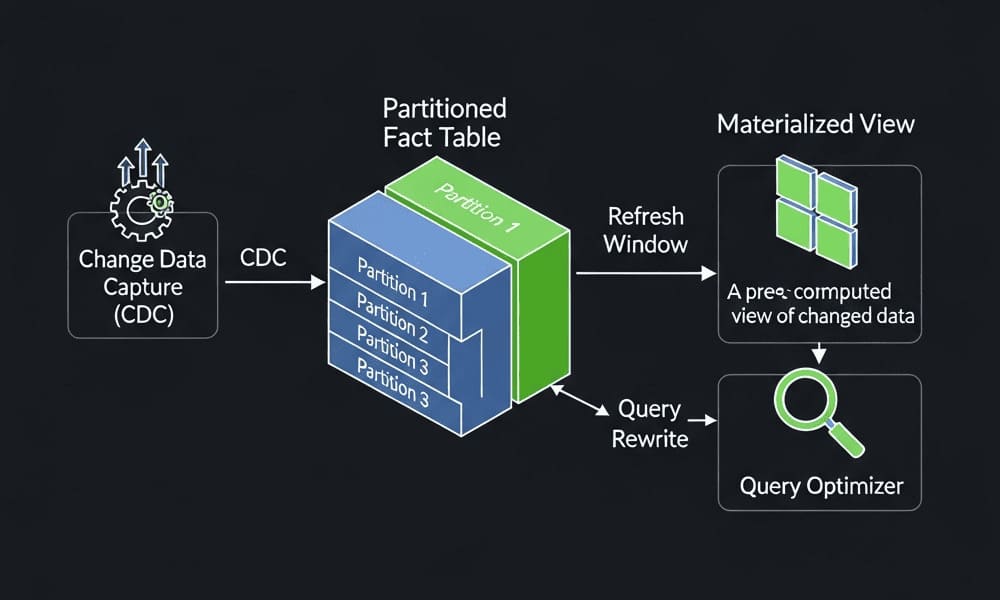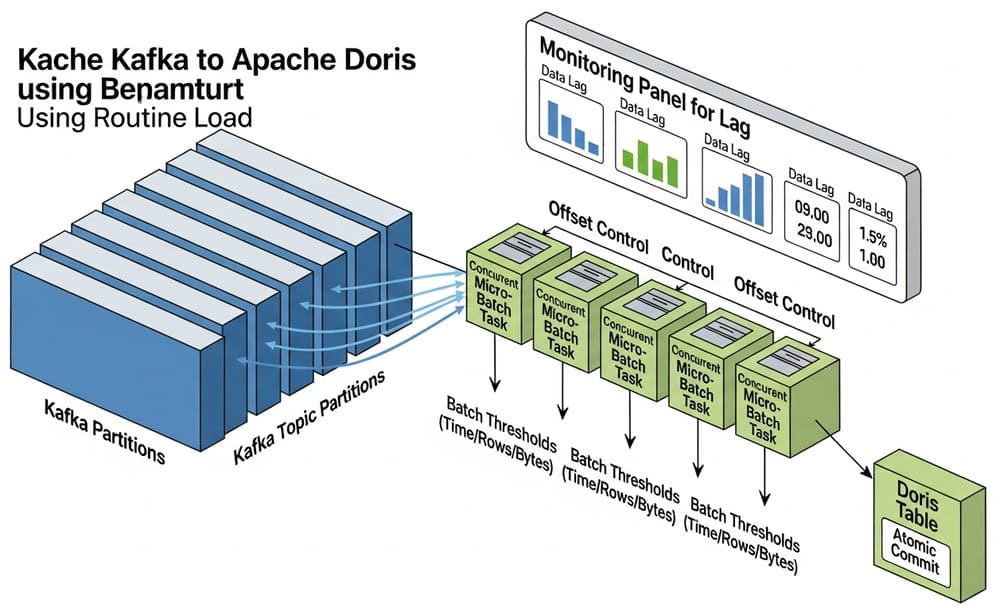Maxime Beauchemin: The Data Engineer Who Gave Wings to Modern Analytics
The Python Revolution at Hadoop Summit
The tension in the room was palpable. It was a Wednesday afternoon at the 2015 Hadoop Summit in San Jose, and Maxime Beauchemin had just finished presenting Airflow, Airbnb’s answer to the chaos of managing thousands of daily data tasks. An impatient questioner from the audience cut straight to the point: Why hadn’t Airbnb simply extended Apache Oozie or LinkedIn’s Azkaban instead of building yet another workflow tool?
Beauchemin’s response was blunt: “We looked into the code bases of both and decided either one was a bad choice for us.” Behind this seemingly dismissive answer lay a deeper truth about the state of data engineering. Airbnb needed to process 5,000 to 6,000 Hadoop tasks a day, and existing tools weren’t cutting it. More fundamentally, Beauchemin believed the entire approach to data pipeline management needed rethinking. Instead of drag-and-drop interfaces, Airbnb needed a Python language interface so its users could define new classes of data, dictate how to manage them, and write “for loops.”
This moment crystallized what would become Beauchemin’s signature approach to data infrastructure: when the existing tools fail to match the scale and complexity of modern data challenges, don’t compromise—build something better and give it to the world.
From Quebec to the Valley: The Making of a Data Pioneer
Maxime Beauchemin started his career as what would be called today a data engineer, though back then the title was data warehouse architect. He mastered his data warehousing fundamentals at Ubisoft, the video game giant, where he cut his teeth on the previous generation of business intelligence tools. Working with platforms like Business Objects, Informatica, and writing extensive stored procedures in SQL Server and Oracle, he spent nearly a decade building ETL pipelines, data models, and dashboards that organized data for entire organizations.
The gaming industry at Ubisoft proved to be an unexpected training ground for handling complex data at scale. Player behavior, in-game economies, and performance metrics generated mountains of data that needed processing and analysis. But Beauchemin’s ambitions extended beyond the gaming world.
In 2007, he joined Yahoo as an early adopter of Hadoop and Pig, positioning himself at the forefront of the big data revolution just as these technologies were emerging from their infancy. This move represented more than a job change—it was a leap into the future of data processing. At Yahoo, one of the web’s original giants, Beauchemin witnessed firsthand how traditional data warehousing approaches buckled under internet-scale demands.
The Facebook Transformation
Beauchemin joined Facebook in 2011 as a business intelligence engineer. By the time he left in 2013, he was a data engineer. This wasn’t a simple title change or promotion—it represented a fundamental shift in how Silicon Valley understood data work. As he would later write: “Facebook came to realize that the work we were doing transcended classic business intelligence. The role we’d created for ourselves was a new discipline entirely.”
His team was at the forefront of this transformation, developing new skills, new ways of doing things, new tools, and—more often than not—turning their backs on traditional methods. At Facebook, he developed analytics-as-a-service frameworks around engagement and growth metrics computation, anomaly detection, and cohort analysis.
The scale at Facebook demanded entirely new approaches. Traditional ETL tools with their drag-and-drop interfaces couldn’t handle the complexity of A/B testing frameworks that needed to track hundreds of experiments across billions of users. The abstractions required weren’t about connecting sources to targets—they were about defining experiments, treatments, user segments, and statistical significance at massive scale.
Building Airflow: Necessity as the Mother of Invention
After Facebook, Beauchemin joined Airbnb as a data engineer, where he would create the tools that would define his legacy. Airbnb in the mid-2010s was experiencing hypergrowth, expanding from a U.S. phenomenon to a global platform operating in 191 countries. The data infrastructure was struggling to keep pace.
The genesis of Apache Airflow came from pure necessity. A handful of engineers, including Johnson Parks, Aaron Keys, and Sid, were working on something called “core data”—an attempt to create trustworthy datasets from the chaos of raw information. The existing scheduler, Chronos, built on top of Mesos, couldn’t handle the complexity of their workflows.
Beauchemin designed Airflow to be a programmable workflow system, built in Python—what he called “the language of data.” The system was hosted on six nodes on Amazon Web Services, using some of Amazon’s largest virtual servers to ensure plenty of headroom for Airbnb’s workflow operations.
The key innovation wasn’t just technical—it was philosophical. While competitors focused on making data pipelines accessible through graphical interfaces, Beauchemin insisted that code was the best abstraction for complex systems. As he would argue in his influential 2017 essay, code “allows for arbitrary levels of abstractions, allows for all logical operation in a familiar way, integrates well with source control, is easy to version and to collaborate on.”
Superset: Democratizing Data Visualization
The story of Apache Superset had even more modest beginnings—the original goal wasn’t to completely replace the BI stack at Airbnb. The project started as a hackathon project while Beauchemin was working at Airbnb. Yet what began as a side project would evolve into one of the most popular open-source business intelligence platforms in the world.
Working part-time for less than a year, Beauchemin created a data exploration product that could compete with enterprise-quality business intelligence tools. Superset was designed to scale to petabyte-sized datasets, allowing users to visualize and analyze data on top of sources like Snowflake, BigQuery, Druid, Presto, and Redshift through a simple interface.
The success was immediate and undeniable. The tool proved successful enough with Airbnb business users that the company assigned a full engineering team to work on it. The project entered the Apache Incubator program in 2017 and graduated in 2021, becoming a top-level project with contributions from companies like Lyft and Dropbox.
The Philosophical Data Engineer
Beyond his technical contributions, Beauchemin became the unofficial philosopher of the data engineering movement. His 2017 blog post “The Rise of the Data Engineer” chronicled his observations about the evolution of the field and became a manifesto for the profession.
Later, he would follow up with reflections on the data engineer’s challenges: the job was hard, the respect was minimal, and the connection between their work and actual insights was obvious but rarely recognized. In his view, being a data engineer was the “worst seat at the table”—a thankless but increasingly critical role.
His vision extended beyond individual tools to the entire data ecosystem. He argued that data engineers should be the “librarians” of the data warehouse, cataloging and organizing metadata, defining processes for filing and extracting data. He championed the idea of data engineering teams serving as “centers of excellence,” establishing standards, best practices, and certification processes for data objects.
From Open Source to Enterprise: The Preset Journey
After Airbnb, Beauchemin had a stint at Lyft as a Software Engineer before deciding to build a company around his open-source success. In 2018, he founded Preset, a company built to commercialize and support Apache Superset.
The timing was perfect. The modern data stack was exploding, with companies desperate for better visualization tools that could handle cloud-scale data. In August 2021, Preset raised $35.9 million in Series B funding led by Redpoint Ventures, bringing total funding to $48.4 million.
Speaking about the milestone, Beauchemin declared: “I’m excited to disrupt the business intelligence market with the freedom of open source, the convenience and accessibility of a freemium cloud service, and a product that modern teams want to use!” The company attracted early adopters like Sony’s Funimation, which used Preset to modernize their data culture and democratize access to analytics.
The Human Side of the Data Revolutionary
Behind the technical achievements lies a more personal story. Beauchemin is a father of three and describes himself as a digital artist in his free time. An avid snowboarder who grew up riding 50 days a year in Quebec City during the 1990s, he recently moved to Tahoe to reconnect with the sport after a decade-long hiatus while raising young children in the Bay Area.
His approach to open source reflected a deep personal commitment. For both Airflow and Superset, he honored and handled every single touchpoint personally for as long as possible, engaging directly with anyone showing interest on GitHub, email, or Slack. He went beyond just writing software, doing what he now calls “product marketing”—finding good names for projects, building websites with nice screenshots, maintaining documentation.
Legacy and Future Vision
Today, Apache Airflow orchestrates data pipelines at thousands of companies, while Apache Superset powers analytics for organizations ranging from startups to Fortune 500 companies. But Beauchemin’s influence extends beyond the tools themselves.
He fundamentally changed how the industry thinks about data infrastructure. His insistence that data engineers should write code, not drag and drop boxes, has become orthodoxy. His vision of data engineers as builders of tools and frameworks, not just pipeline maintainers, has elevated the entire profession.
Looking ahead, Beauchemin sees AI reshaping the data landscape once again. In recent interviews, he’s argued that while AI is becoming a better “SQL monkey” than humans, data engineers need to adapt by focusing on higher-level skills like providing context, understanding data models, and making strategic decisions.
When asked about what made his open-source projects successful, Beauchemin points to what he calls “project community fit”—the open-source equivalent of product-market fit. But perhaps the real secret was simpler: “Build with passion, and engage as directly as possible with anyone showing any kind of interest.”
From Ubisoft to Facebook, from Airbnb to his own company, Maxime Beauchemin’s career traces the evolution of data engineering itself. He didn’t just witness the transformation of how companies handle data—he architected it, one Python function at a time. In a field often invisible to those outside it, Beauchemin gave data engineering both its tools and its voice, proving that sometimes the best seat at the table is the one you build yourself.





